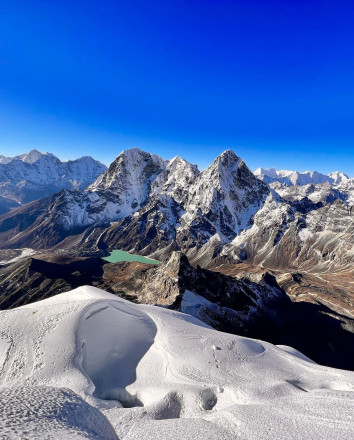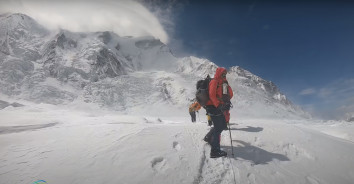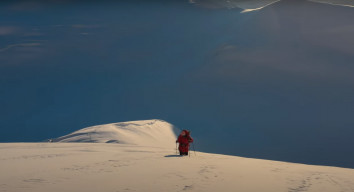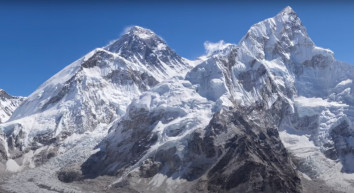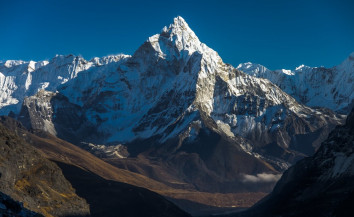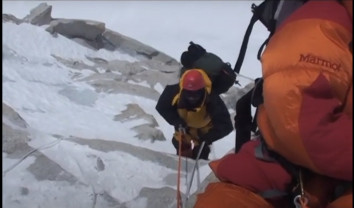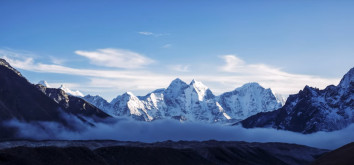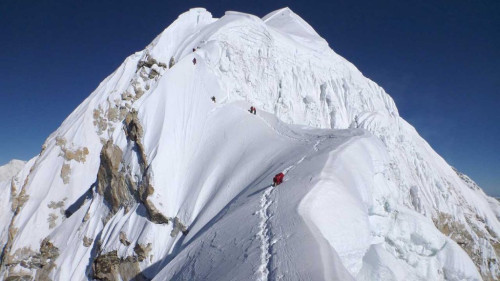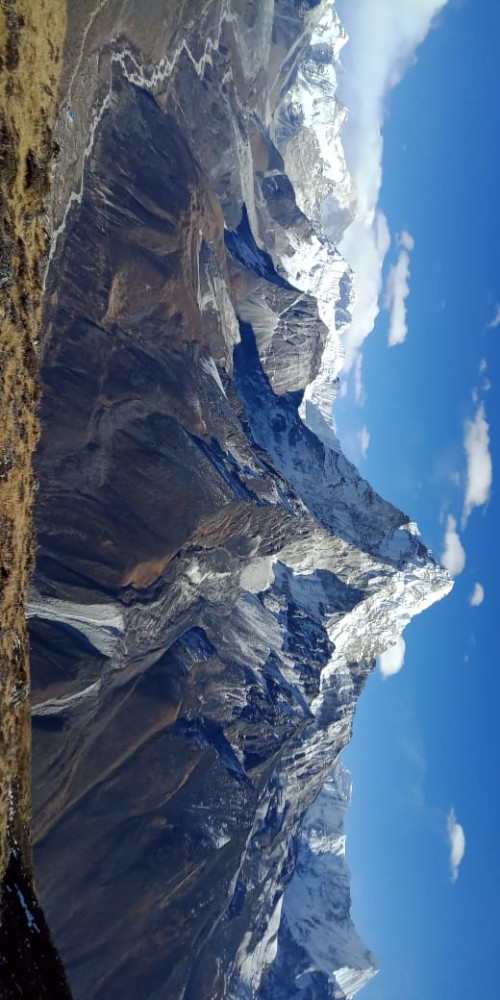Lhotse Expedition- Trip Overview
Lhotse, at 8,516 metres, adjacent to Everest, is the 4th highest mountain in the world. Besides the standard Lhotse summit, it has two other ridges above 8,000 metres, Lhotse Shar and Lhotse Middle, at 8,383 metres and 8,414 metres. The humongous South face of Lhotse has a steep vertical rise of 3.2 km and extends to 2.25 km, barely attempted by climbers due to extreme knife edge routes.
The South Col ridge, near Camp IV, separates the route to Everest and Lhotse summit. The most popular, Lhotse Face on the west side of Lhotse, is a standard Camp III for both Everest and Lhotse summiteers.
The integral part of the Lhotse expedition, climbing the Lhotse wall, a 1km wall of steep blue ice, is what Everest climbers can experience. Before advancing to South Col, climbers have to strive to cross an ice wall that is 45 degrees gradient and often reaches 80 degrees.
The summit route to Lhotse separates near Geneva Spur, a rock wall on the southeast Lhotse Summit route, on the Lhotse Couloir. Geneva Spur, below South Col, was named after the Swiss Expedition to Everest in 1952.
Lhotse Shar, at 8,383, was first submitted on the 12th of May 1970. Lhotse Shar has the highest fatalities on mountains recorded, one in two climbers die during the summit climb. The hazardous routes impractical to climb on and far from the standard South Col route make the Lhotse Shar climb extremely difficult.
Hence, climbers with experience of a few 7,000 metres and a couple of 8,000 metres peaks can successfully summit Lhotse main summit. The extremely challenging routes, high fatality rates, and unavoidable altitude sickness make the Lhotse expedition a tough mission in the Himalayas.
Lhotse Expedition- Climbing History
The first successful ascent of the Lhotse expedition was on the 18th of May, 1956. An expedition team from Switzerland led in front by Fritz Luchsinger and Ernst Reiss was the second expedition and first successful summiteer of Lhotse.
An expedition to Lhotse, the International Himalayan Expedition Team of 1955, led by Erwin Schneider and followed by Ernst Senn, Bruno Spirig, and Arthur Spohel, climbed only 8,100 metres on Lhotse. They had eight Sherpa on the team. The team took the Southern route to Lhotse Shar and followed the NorthWest approach to Lhotse. But, the unprecedented snowstorm and strong wind forced them to abort the mission. They later realised that they were on the wrong coordinate of the summit. Since then, the South Col has remained the preferred climbing route to the Lhotse summit.
Since the first successful Lhotse expedition in 1956 till 2021, 933 climbers have successfully reached the summit. Among them, 183 climbers reached the summit without supplemental oxygen.
Lhotse Expedition- Route to Summit
Lhotse Base Camp at 5,364 metres
Lhotse expedition shares the regular Everest Base camp and routes further up to Camp IV, commonly known as South Col.
Lhotse Base Camp sits at 5,364 metres altitude on a shifting Khumbu glacier. It will be the home for the next 50 days.
The sun in the day melts the snow and causes the movements and shifts of camps. The Lhotse Base Camp or Everest Base Camp offers the cinematic panorama of Pumori, Lhotse, Nuptse, and Khumbu Icefall. The preferred Everest and Lhotse expeditions start in mid-Spring. The entire Base Camp becomes a mini town where you'll enjoy the company of climbers, guides, and porters. You'll never feel away from home.
The Lhotse Expedition team manages the logistics and accommodation at the base camp before you reach there. The kitchen, bathroom, toilets, and personal tents, will be standard class.
Lhotse Camp I at 5,900 metres
Lhotse Camp I sits over 5,900 metres in a small section of deep snow, popularly known as Silent Valley. You'll stay at Camp-I for two days during acclimatisation rotation and climbing preparation.
Climbers' nightmare, the mandatory crossing of the treacherous Khumbu Icefall in the Lhotse expedition, is the most arduous section of the entire route. Since the first Everest and Lhotse expedition, the reported number of deaths in Khumbu Icefall is 44.
2.5 miles of blue ice, constantly shifting, with deep crevasses, voluminous ice serac can turn into a nightmare anytime. Thus, crossing Khumbu Icefall and climbing to Camp-I will be a hard day.
Lhotse Camp II at 6,400 metres
Lhotse expedition Camp II sits in the safest place on rocky terrain below the Lhotse wall. Climbers climb through the renowned glacial valley, Western Cwm.
The breathtaking view of Lhotse from Western Cwm leaves every climber in awe. Unlike other High Camps, you'll get individual camps at Camp II overnight. Climbers stay at Camp II more after leaving the base camp.
Like base camp, you'll get full board meals services at Camp II. Our kitchen crew will provide hot drinks, tea, chocolate drinks, and soups upon your request.
Lhotse Camp III at 7,300 metres
Everest and Lhotse climbers share Camp III at 7,300 metres from Lhotse Face. The climb to Camp III becomes steeper as we ascend from Camp II. This section involves crossing the steep blue ice grading to 45 degrees. Climbers clip the harness in fixed lines and climb the arduous ice walls.
Climbers still don't use bottled oxygen. Hence, the low oxygen and altitude sickness takes a toll on the body while traversing the steeper ice walls. Climbers prefer two days to acclimatise at Camp III before attempting the summit push.
Lhotse Camp IV at 7,900 metres
The moonscape on the south of South Col is a flat terrain with loose rocks and snow, enveloped South by Lhotse and North by Everest. The heavenly setting of Camp IV is preferred to stay on the summit route to reduce the climbing distance for summit day.
Yellow Band and Geneva Spur are two rock sections every climber has to navigate the route to Camp IV. Yellow Band is composed of phyllite, semi schist rock, and marble. The Geneva Spur is a black stone figure, typically an anvil-shaped rib. For climbers' safety, our Sherpa will fix the fixed lines on these rock sections.
The route to Everest and Lhotse summit diverges past Yellow Band. Lhotse expedition climbers skew on the right to Turtle Shell, rocky terrain to establish Camp IV.
Lhotse expedition summit at 8,516 metres
Depending upon the climber's fitness, endurance, and experience, the summit climb takes 10 to 16 hours.
You'll start climbing the Lhotse summit at midnight. After leaving Camp IV, you'll climb 500 meters couloir of ice. Climbers call this section Lhotse Couloir which has a gradient of 60 degrees. You'll spend most of the summit climb traversing this couloir, first ascending for 5 hours and descending for 5 hours.
In autumn, the Lhotse summit lacks snow, and thus, the chances of rock falling increase in this region. Hence, most prefer climbing Lhotse in Spring with fresh, thick snow. A knife-edge ridge below the Lhotse summit is also a vital hurdle before setting feet on the Lhotse summit.
The tiring 16 hours of summit push is rewarding with a heavenly panorama. Once you reach the summit, you'll experience the elegance of Everest, Nuptse, Pumori, Makalu, and other mountains.

 Recommended On
Recommended On
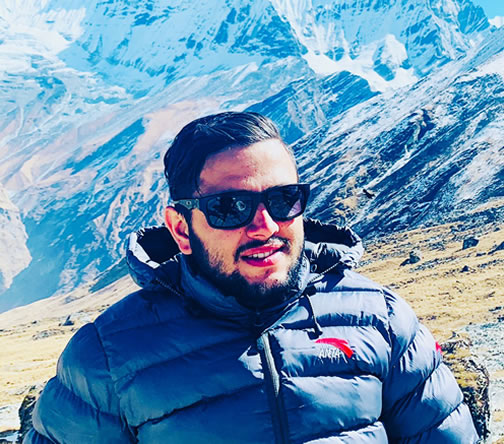



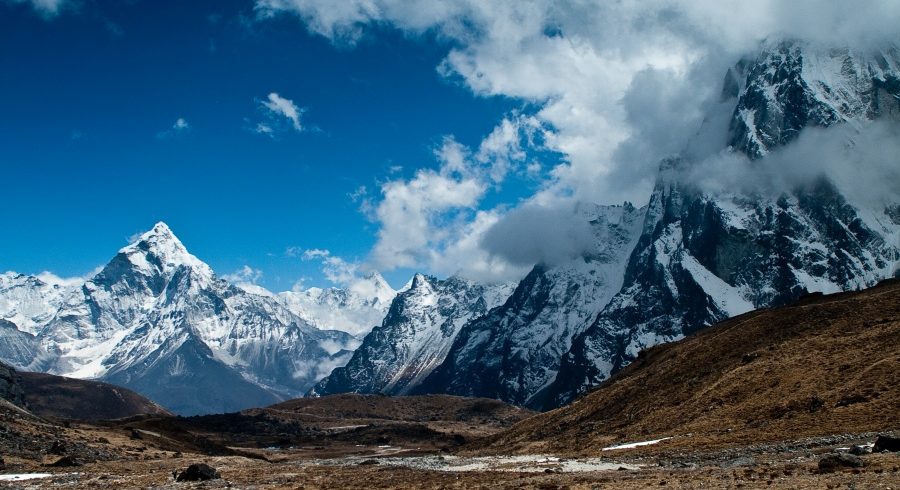
 8000m Peak Climbing , Nepal
8000m Peak Climbing , Nepal  66 Days
66 Days  US$31000
US$31000
